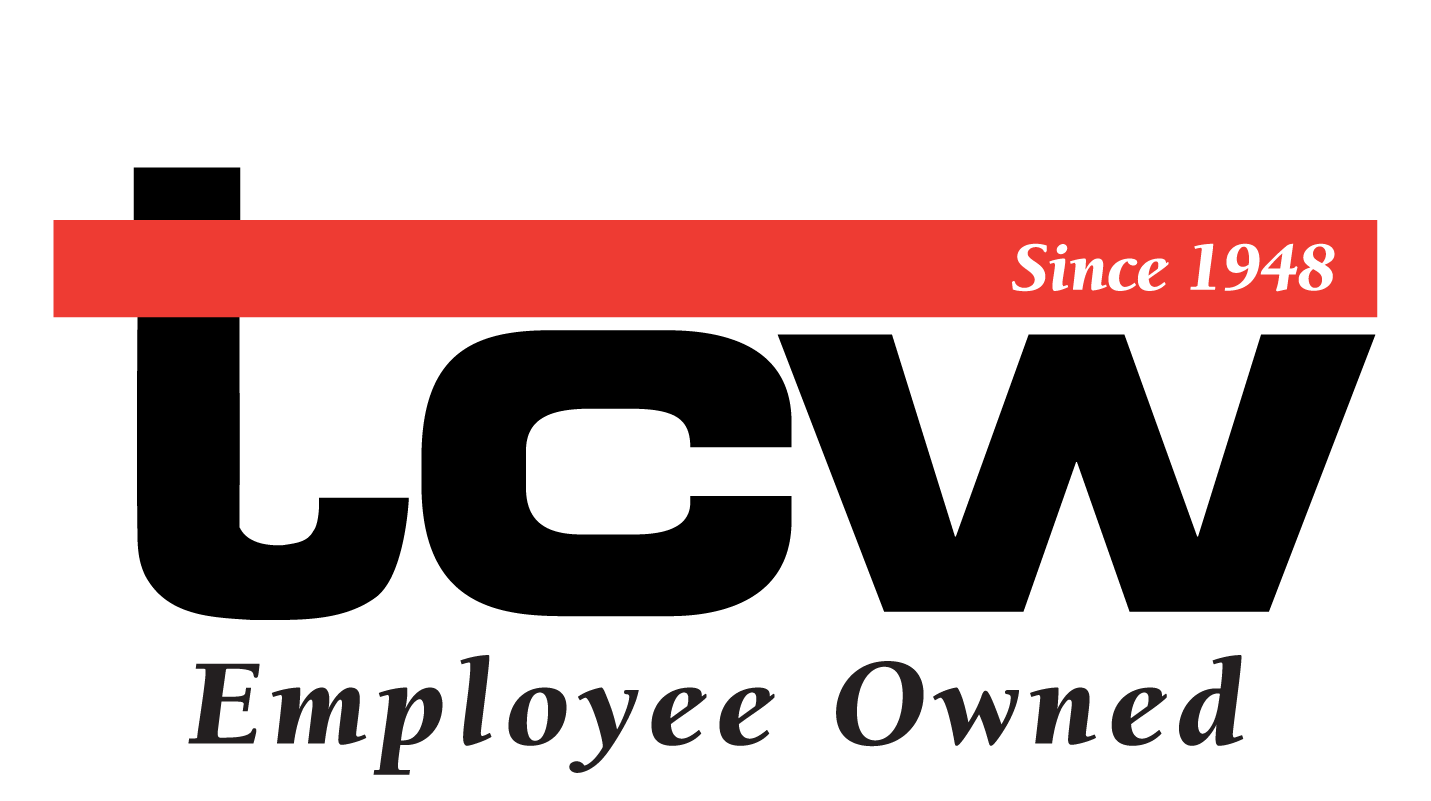
Eliminating Manual Freight Reporting: How One Manufacturer Gained Time and Accuracy Through Automation with TCW
In freight operations, speed and accuracy go hand in hand. But for one global tire manufacturer, those two essentials were being slowed down by something far too common—manual processes.
Every shipment update, delivery notice, and invoice had to be entered and emailed by hand. It worked… until it didn’t. Delays piled up. Errors crept in. Communication gaps grew wider. And the longer it went on, the more it cost—time, money, and peace of mind.
They needed a better way to manage the flow of information without managing hundreds of emails to do it.
The Challenge: Manual Freight Reporting Slowed Operations
The manufacturer’s Transportation Management System (TMS) handled their freight internally, but it didn’t talk to their drayage carriers. That meant every work order, update, and invoice had to be manually entered and sent to multiple partners—each one a new opportunity for error.
When you’re moving hundreds of containers every month, manual updates don’t just slow things down. They limit visibility, delay billing, and add stress to everyone trying to keep shipments on schedule.
This was never about a lack of effort—it was about a lack of connection.
The Turning Point: Recognizing the Cost of Manual Freight Reporting
The tire manufacturer realized that their people were spending more time managing the process than managing the freight. Emails were replacing efficiency. Spreadsheets were replacing accuracy. And the administrative load was holding back operations that needed to move faster.
That’s when they turned to TCW.
The Solution: TCW's Freight Reporting Automation Integration
From the start, TCW didn’t just offer capacity—we offered collaboration.
Our IT and operations teams worked side by side with the manufacturer’s logistics group to create a seamless system integration between their TMS and TCW’s internal platform. Together, we became the first drayage carrier to automate the process end-to-end for this customer.
Now, every work order, delivery update, and invoice flows automatically between systems. No more manual entry. No more delays. Just real-time information, accuracy, and efficiency from start to finish.
The Results: Automation That Improved Logistics Efficiency
The impact was immediate:
-
Hours reclaimed: Workflows that once took manual coordination now happen automatically.
-
Errors minimized: Data syncs in real time, reducing miscommunication and missed updates.
-
Visibility increased: Shipment statuses, delivery confirmations, and invoices are accessible instantly.
-
Focus restored: The logistics team now spends time where it matters most—on their core business.
What once felt like a daily chase for updates is now a process that runs itself.
How Shippers Can Apply Freight Automation in Their Operations
If your freight reporting process still depends on manual updates, start by asking these three questions:
-
Are your systems talking to each other? Even the best TMS can create bottlenecks if it doesn’t integrate with your carrier network. Consider how automation could eliminate repeated data entry or manual updates.
-
Where are errors most likely to occur? Look for recurring issues in documentation, billing, or communication. Those are often the best indicators of where automation—or a closer carrier partnership—could create efficiency.
-
Do you have visibility in real time—or after the fact? Delayed updates often lead to delayed decisions. Real-time data exchange between your team and your carriers can prevent small disruptions from becoming costly delays.
Many shippers are surprised by how much time they lose managing data instead of managing freight. That’s why aligning with a carrier who values technology and collaboration—like TCW—can make all the difference.
The Takeaway: Freight Reporting Automation for the Future
In freight, automation isn’t just about convenience—it’s about control. The right technology, paired with a carrier who understands your challenges, can turn complexity into clarity.
At TCW, we help shippers move beyond manual processes with technology integrations that simplify the work, reduce risk, and keep freight flowing on time, every time.
If your team is ready to replace email chains with automation, connect with TCW today.
© 2025 TCW, Inc. All rights reserved.

Share: https://tcwonline.com/News/Blog8/How-One-Manufacturer-Eliminated-Freight-Reporting-Delays-Through-Automation
Share Category "Technology in Logistics":
https://tcwonline.com/News/BlogCategory5/Technology-in-Logistics

